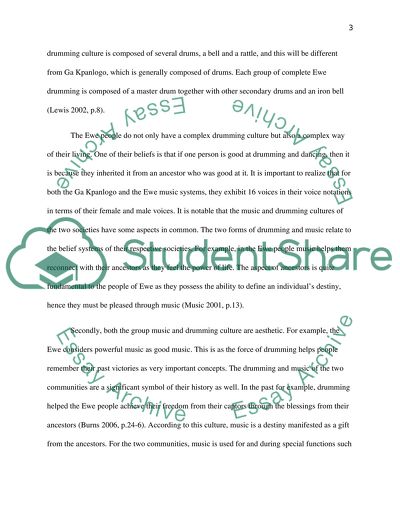Cite this document
(“Ga Kpanlogo and Ewe.Traditional West African dance and music Research Paper”, n.d.)
Retrieved de https://studentshare.org/music/1466971-ga-kpanlogo-and-ewetraditional-west-african-dance-and-music-techniques
Retrieved de https://studentshare.org/music/1466971-ga-kpanlogo-and-ewetraditional-west-african-dance-and-music-techniques
(Ga Kpanlogo and Ewe.Traditional West African Dance and Music Research Paper)
https://studentshare.org/music/1466971-ga-kpanlogo-and-ewetraditional-west-african-dance-and-music-techniques.
https://studentshare.org/music/1466971-ga-kpanlogo-and-ewetraditional-west-african-dance-and-music-techniques.
“Ga Kpanlogo and Ewe.Traditional West African Dance and Music Research Paper”, n.d. https://studentshare.org/music/1466971-ga-kpanlogo-and-ewetraditional-west-african-dance-and-music-techniques.


